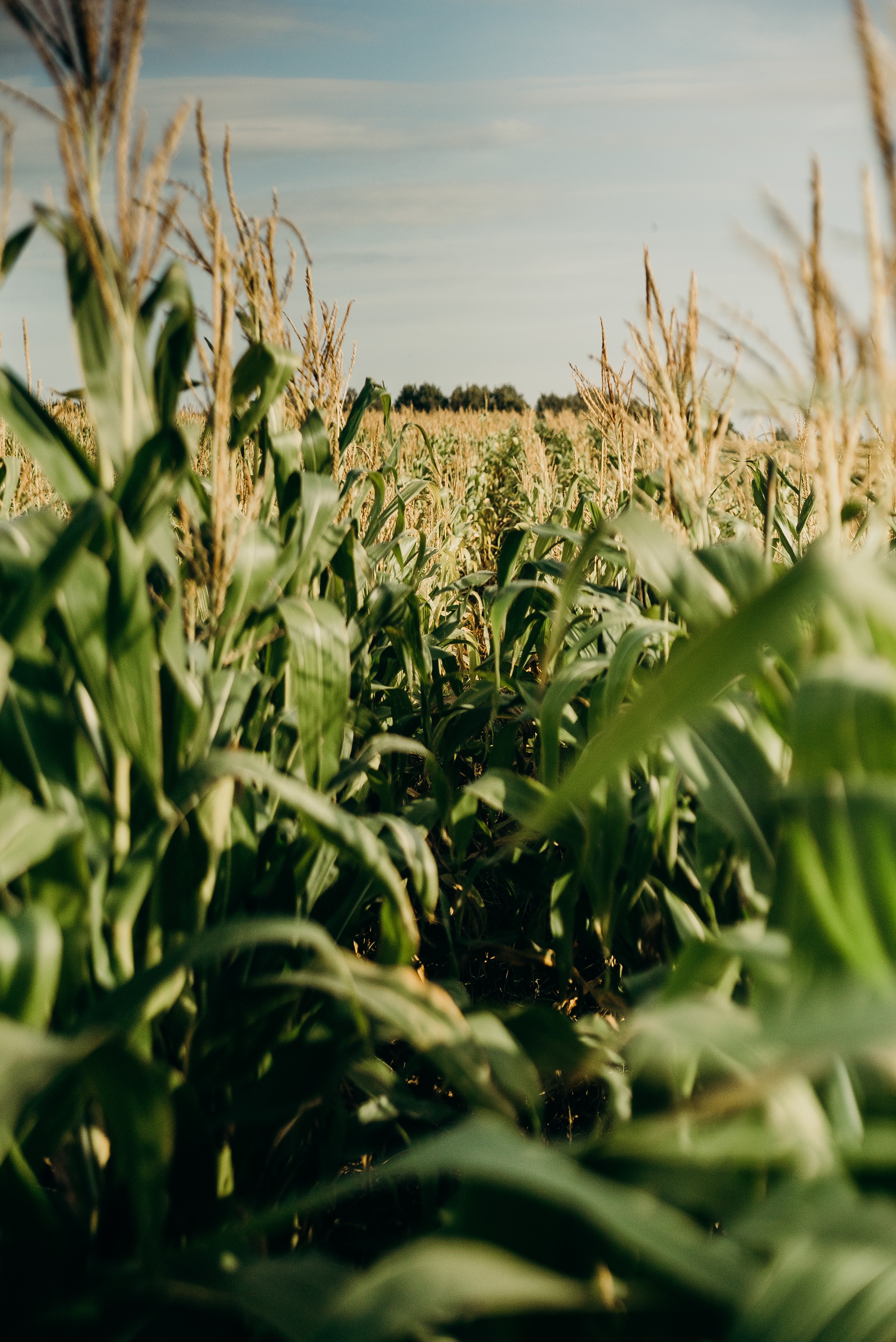Maize genetic progress in the central Pampas of Argentina: effects of contrasting sowing dates
by Amas, J. I., Fernandez, J. A., Curin, F., Cirilo, A. G., Ciampitti, I. A., & Otegui, M. E.
Published in Field Crops Research, 281, 108492. 2022.
This article shows that grain yield genetic progress was similar for contrasting sowing date environments in the central Pampas region of Argentina; however, the relative contribution of each yield component varied with sowing date.
Highlights
- Grain yield genetic progress was similar for early and late sowing dates.
- The relative importance of kernel number and kernel weight on yield gains varied with sowing date.
- Newer hybrids showed greater post-silking biomass production in both environments.
- Post-silking source-sink ratio increased with year of release, promoting a longer kernel filling.
Abstract
Delayed sowing date of maize (Zea mays L.) has become a broadly adopted practice in the Pampas region of Argentina, because late-sown crops frequently experience a more favorable water balance around flowering and a reduction in the year-to-year yield variation. However, breeding efforts in this region have been focused on early sowing date environments. In addition, there has been no research on genetic progress of grain yield and the underlying attributes under late-sowing conditions.
The aim of this study was to compare genetic progress in grain yield and secondary traits for hybrids released between 1980 and 2016 when grown in early- versus late sowing environments in the central Pampas region. Grain yield, its components (kernel number and kernel weight), and its physiological determinants (total shoot biomass and harvest index) were assessed in two contrasting sowing dates during three years. Biomass at silking (BR1) and during the post-silking period (BR1-R6), plant growth rate and source-sink ratios during the critical and the effective kernel-filling periods were also analyzed.
Grain yield genetic progress was similar for early (0.9% y-1) relative to late sowing dates (0.8% y-1). Kernel number increase with the year of release (YOR) was more important in early (0.6% y-1) than in late (0.4% y-1) sowings, whereas the opposite trend was documented for kernel weight (0.2% and 0.3% y-1, respectively). Newer hybrids showed greater biomass production in both sowing dates (0.8% y-1 for early, 0.6% y-1 for late) and a slight increase in harvest index in late sowings (0.2% y-1). Breeding effects on shoot biomass production were exclusively attributed to the post-silking period (1.2% y-1 for early and 0.9% y-1 for late), as BR1 remained unchanged with YOR. Assimilate availability per kernel during the effective kernel filling increased with YOR in both sowing dates (1.0% y-1 for early and 0.9% y-1 for late), promoting a longer kernel filling duration. Results demonstrated that breeding efforts focused on early sowings as the main target environment, have also impacted yield gains in late sowings. However, the enhanced importance of kernel weight on grain yield determination among late- than among early sowings will demand future breeding strategies to pay special attention to unfavorable photothermal conditions during kernel filling.
Citation
Amas, J. I., Fernandez, J. A., Curin, F., Cirilo, A. G., Ciampitti, I. A., & Otegui, M. E. (2022). Maize genetic progress in the central Pampas of Argentina: effects of contrasting sowing dates. Field Crops Research, 281, 108492.
Image credit: Pexels
